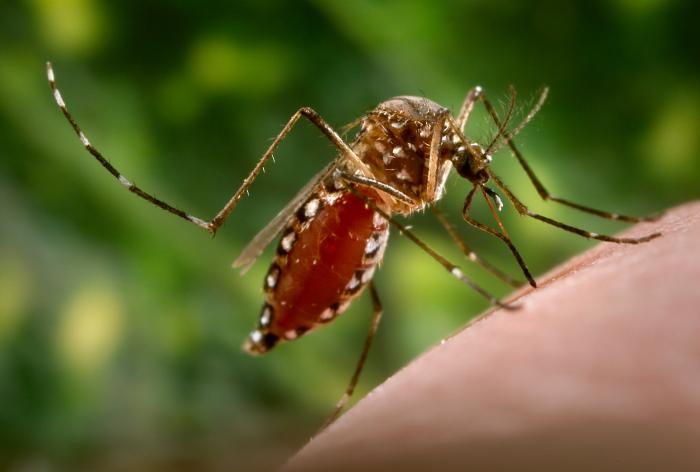The H5N1 avian influenza virus infecting dairy cows can persist and remain infectious in unpasteurized milk on milking equipment surfaces for a long period, researchers from the University of Pittsburgh and Emory University reported yesterday in a preprint study.
.jpg)
In experiments designed to help flesh out the risk to dairy workers, they examined the persistence of H5N1 in unpasteurized milk on surfaces found in milking equipment, including the inflation rubber liners and stainless steel, which make up the "claws" in milking machines that attach to udders.
The group noted steps involved in attaching the milking machine to the udders can spread contaminated milk to the workers at several points, including when the milk is stripped by hand—producing spatters and aerosols — before the machine is attached. Release of the machine at the end of milking can spray workers, and surrounding equipment can also release aerosols.
"Milking often takes place at human eye level, with the human workspace physically lower than the cows, which increases the potential for contact of infectious milk with mucus membranes. Currently, no eye or respiratory protection is required for dairy farm workers," they wrote.
Threat to workers, clues for cow-to-cow spread
They found that H5N1 remained infectious in unpasteurized milk on rubber liners and stainless steel for more than an hour. They also conducted similar tests using the 2009 H1N1 virus and found that it was a good surrogate virus for further tests, and found the virus persists on the rubber surface for at least 3 hours and at least 1 hour.
The team said the findings underscore the risk of contaminated surfaces to dairy workers and suggest that contaminated milking equipment may be partly responsible for cattle-to-cattle spread on affected dairy farms.













